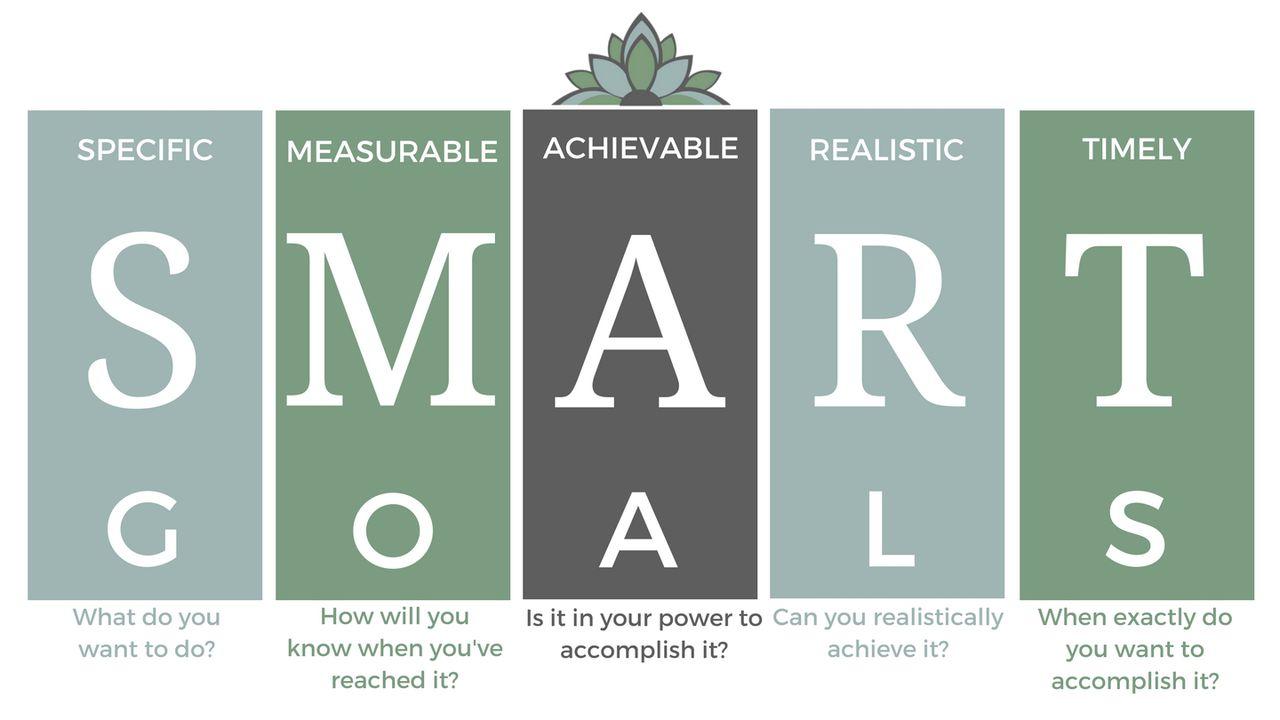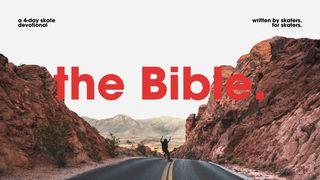Smart Goals | A Different ApproachSample

New Rhythms and New Focuses … Part 2
After reading through Numbers, it’s my prayer that you begin to look at life a bit differently because in large part, the journey of Israel out of slavery and into the Promised Land, parallels our salvation journey in the GOSPEL. We live in the “now and not yet.” God has delivered us from our enemies, and they are drowning in the waters of Baptism behind us, and yet we are awaiting our coming King and his Kingdom while we walk in this wilderness.
We need to wait and journey at the same time, and let’s learn from God’s rhythms with the Israelites to learn how to do so. A new phase in any journey requires new practices, new schedules, new habits and new rhythms. The Greek word translated into English for this idea of rhythms is the word liturgy. Many consider the word liturgy to be a bad word, but ultimately it just refers to the work and rhythms that we do everyday. When it comes down to it, we all have forms we embrace in order give “aim” to our life and goals. We have morning routines, church orders; we have a shape to our stadium practices, malls, grocery stores, and even our homes. Everything has a “shape.” Everything on earth aims to shape us toward and around their vision of the “good life.”
God had a goal for the Israelites, and he has a purpose for you and I as well. Notice once again in Numbers that God never really stresses the past (what happened in Egypt), nor does he divulge much of what’s going to happen in the future (the coming Promised Land). The Israelites were to learn to be with God in the moments of life, and in large part, the book of Numbers shows what a difficult task this proves to be for the character of frail and sinful human beings like us.
So as you walk through these two chapters in Numbers today, in specific (28-29), think about why God would order his people’s life into minutes and days (daily offerings), weeks (Sabbath rest), months (offerings) years (Passover) and annual festivals and feasts. Consider the “gospel” shape that God’s daily rhythms had to it. His goal was and is to “be our God, and that we would be his people.” Notice the emphasis on “be” not “do.” Think about your rhythms and how they are shaping you as a human “being” not as a “human doing.”
Though as New Testament believers we are not bound to all of these Old Testament rhythms any longer, their wisdom is still practical. Even Jesus himself didn’t ignore these Old Testament observances in the New Testament, but he observed and fulfilled them with his work on the cross. God shapes his people around his story in order to ensure that we remember him in our daily, weekly, monthly and annual rhythms. His discipleship method goes way beyond a “quiet time.” It infiltrates our every moment, patterns, and habits. Aiming at cultivating moments of remembrance, feasting, celebrating, and enjoying community with our God and with his people, may be closer to biblical “goal setting” than we realize!
Scripture
About this Plan

We all set goals, and specifically around particular times of the year. Whether setting goals during New Year’s resolution time, or around Fiscal Year Board Meetings, we need to seek God’s perspective on how to balance the past, the present, and the future. This study considers the human approach to setting S.M.A.R.T. goals, and considers how God's idea of "goals" are quite a bit different than we might first think.
More
We would like to thank Garden City for providing this plan. For more information, please visit: http://www.gardencityproject.com
Related Plans

I Know a Guy

The Rescue Plan

Causin' a Stir: Thirst Quenching Essentials for Satisfying Your Soul

The Bible | a 4-Day Skate Church Movement Devotional

A Gift for All | 5 Christmas Reflections About Jesus

Scriptures and Hymns to Grow Your Joy This Christmas

Freedom in Christ

God's Plans

God Will (Do It)!
